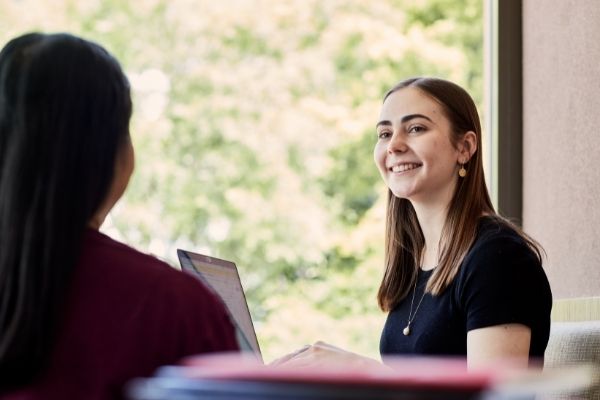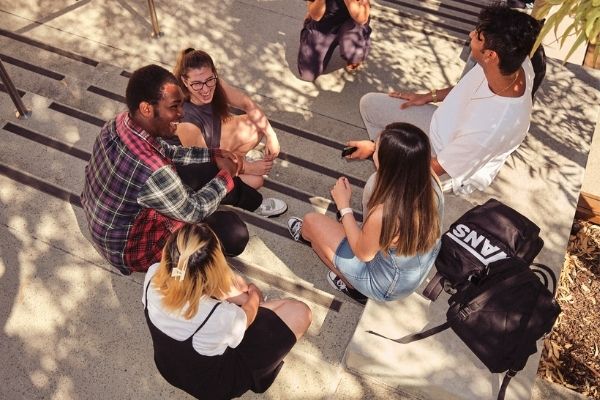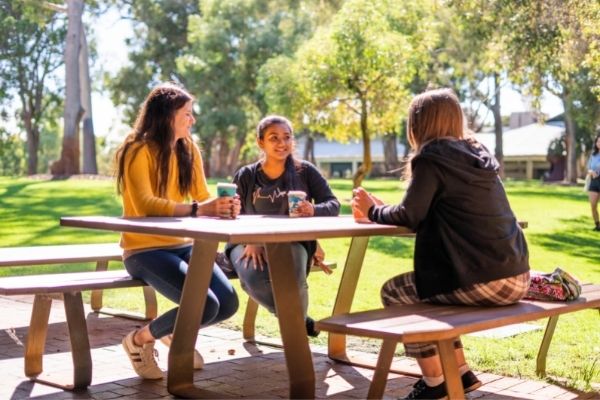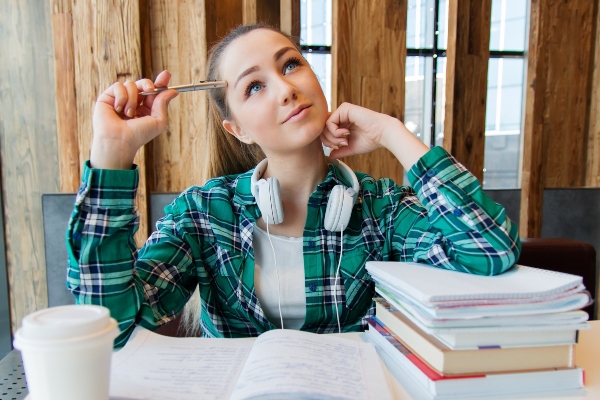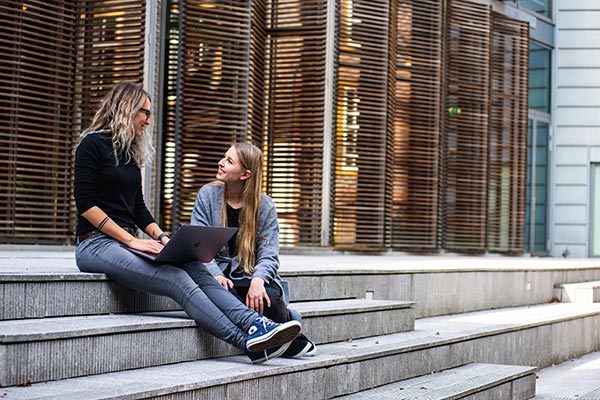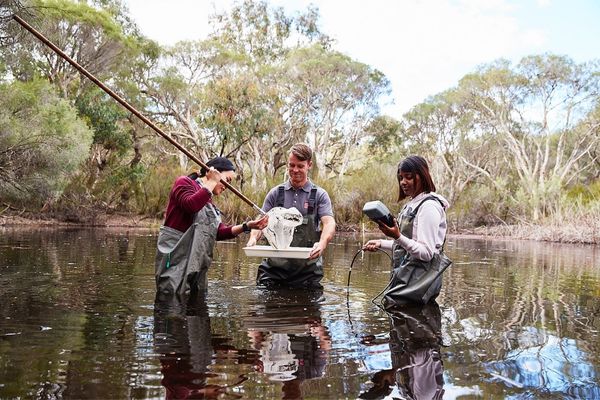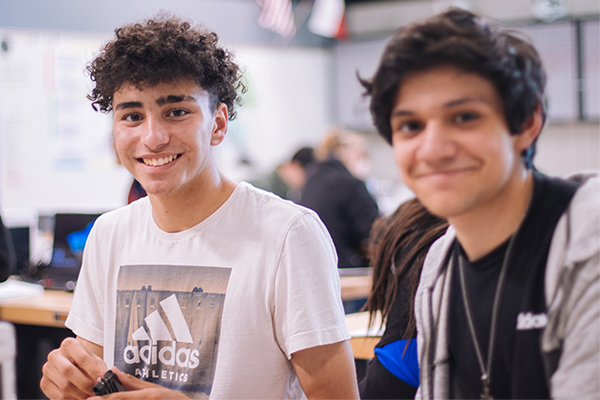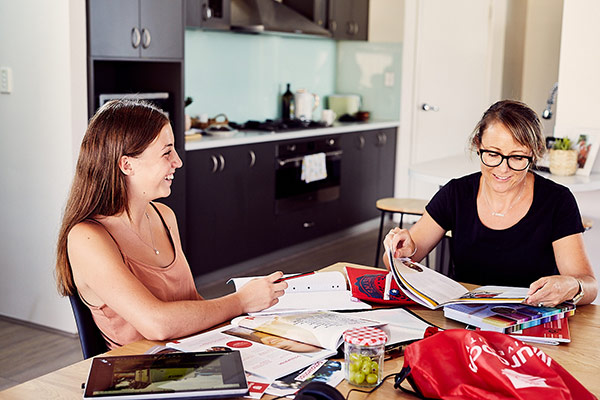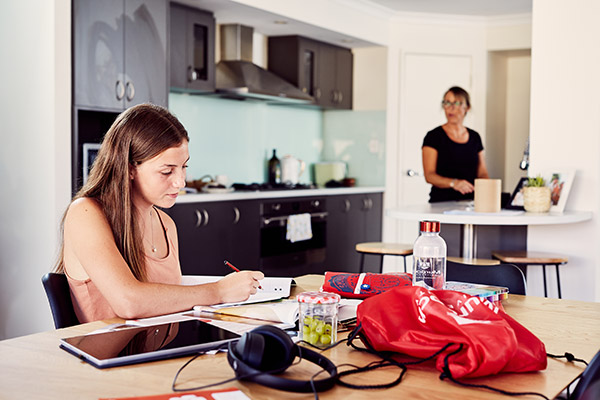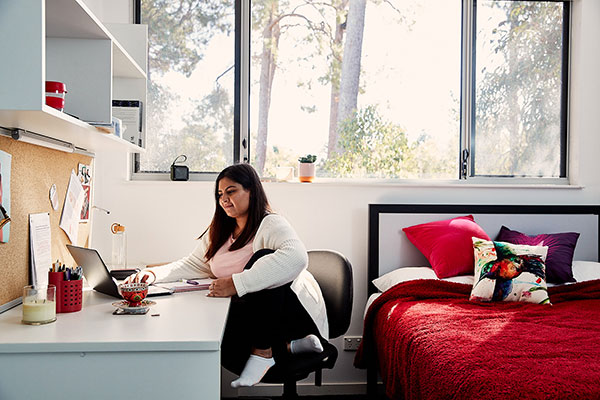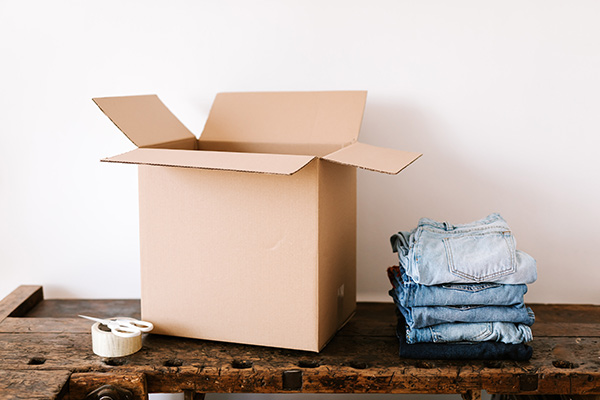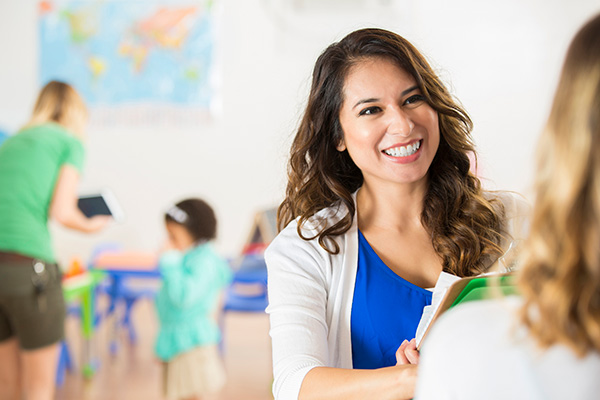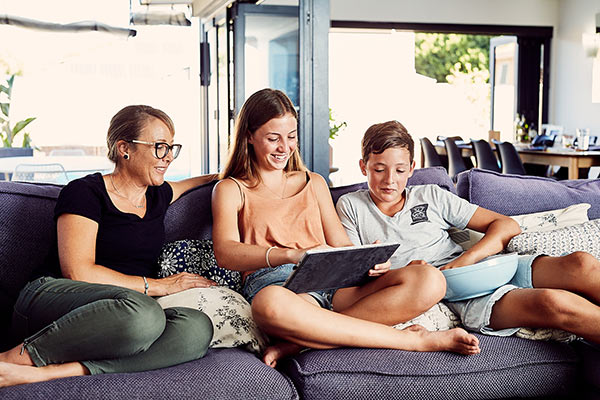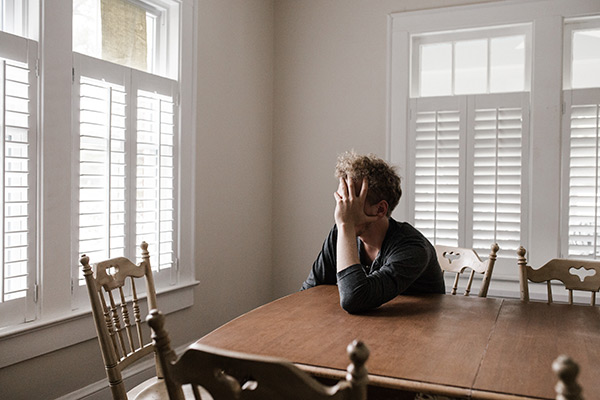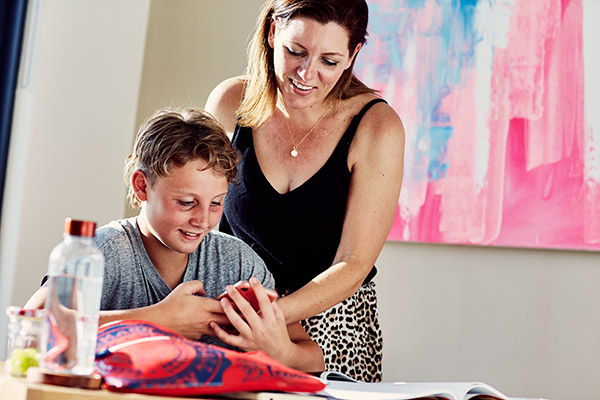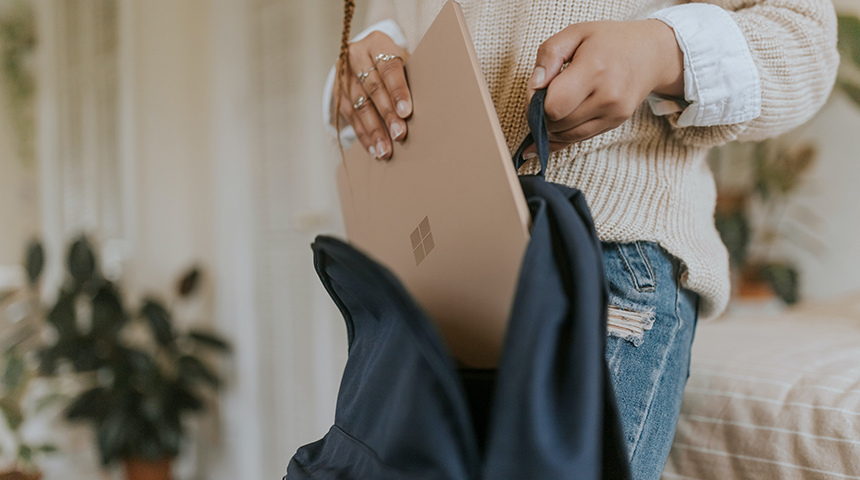
Western Australia might be the luckiest place on earth.
The state has had a low rate of infection from the coronavirus — one of the best on the planet. As self-isolation restrictions gradually lift in WA and across the country, schooling is shifting back to the classroom. Here’s what you can expect.
Back-to-school advice for parents and caregivers
Parents and children will need to make another adjustment as students transition from home learning back to attending classes. Dr Andrew Robertson, the WA Chief Health Officer, has deemed schools safe for face-to-face instruction. As of Monday, 18 May 2020, all schools in WA will return to normal operations but they will operate differently than before the COVID-19 pandemic hit.
For the most part, this means attending school is compulsory once again. Should students remain away without good reason, they will no longer be provided with learning packages and their absence will be marked as unauthorised. While it may make you feel anxious, letting your child attend school is one way to support your teenager without smothering them.
Exceptions apply for students who are medically vulnerable or have a family member with chronic health issues. These students will be assessed and can continue to learn from home with support from their schools and the Department of Education.
What WA schools are doing to protect student’s health
Schools will be well-supported to maintain a safe learning environment. The WA government is making a $43 million investment in extra cleaning at public schools to continue to reduce the risk of COVID-19 transmission. In addition, strict environmental cleaning throughout the school day will continue. Additional restrictions include:
- Parents are not allowed to enter school grounds during drop off and pick-up.
- Whole-school assemblies, camps and interschool activities are not permitted.
- High school students living in residential facilities will be permitted to return home at weekends but only at the discretion of the principal or residential manager.
- Social distancing guidelines for students will remain in place.
In addition to student health, teachers and staff members are being looked after, as well. Anyone over the age of 70, and those over 65 with a health condition, have been asked to consult with their doctor before returning to work.
Why it’s important to send your child to school
Education and Training Minister Sue Ellery believes it’s vital to get children back in the classroom.
"Research tells us there is a direct relationship between attendance and student achievement — achievement declines as absence increases,” she said.
How COVID-19 restrictions impact WA’s Year 12 students
Rest assured, there’s widespread concern about how COVID-19 is affecting opportunities for children to attend university. The government, high schools and universities are working together to establish an equitable plan that keeps Year 12 students on track without putting undue pressure on them.
- 2020 ATAR course written exams will continue, as scheduled, from November 2 and take the same form as previous years, with a three-hour duration.
- Teachers will report to parents about their child’s learning progress in semester one but they will not be required to assign a grade. They will, however, continue to provide informal feedback to parents throughout the semester.
- Murdoch’s Year 12 Entry Safety Net will allow students to apply for 2021 undergraduate courses, using their Year 11 ATAR subject results.
The final years of high school normally provide plenty of reasons to make students feel like they’re under pressure. Parents have the additional burden in 2020 with assessing whether it’s even healthy to send their children to school. Given the outstanding response the WA public has made to dealing with COVID-19, WA schools are better placed than anywhere else in the world to provide a safe learning environment.
Reassuring your teenager about their future
Putting your child back in school now is a good way to let them get on with the normal priorities of a high school student. Getting back to a high school classroom environment and focusing on their studies might be just what they need to feel optimistic about the future. Teenagers often feel like they’re the only one to experience hardship. In the case of a global pandemic, you can assure them all high school students are facing the same challenges. They won’t be left behind because of COVID-19.
If your child is feeling unsure about what it means to go back to school, check out our recent article about how to help your child manage anxiety when the future is unknown.
